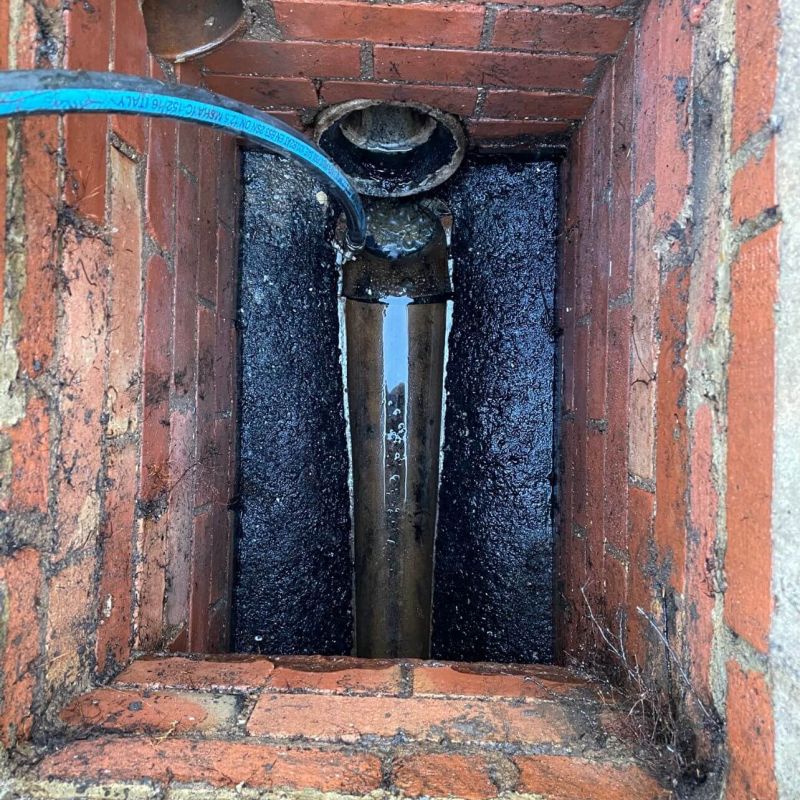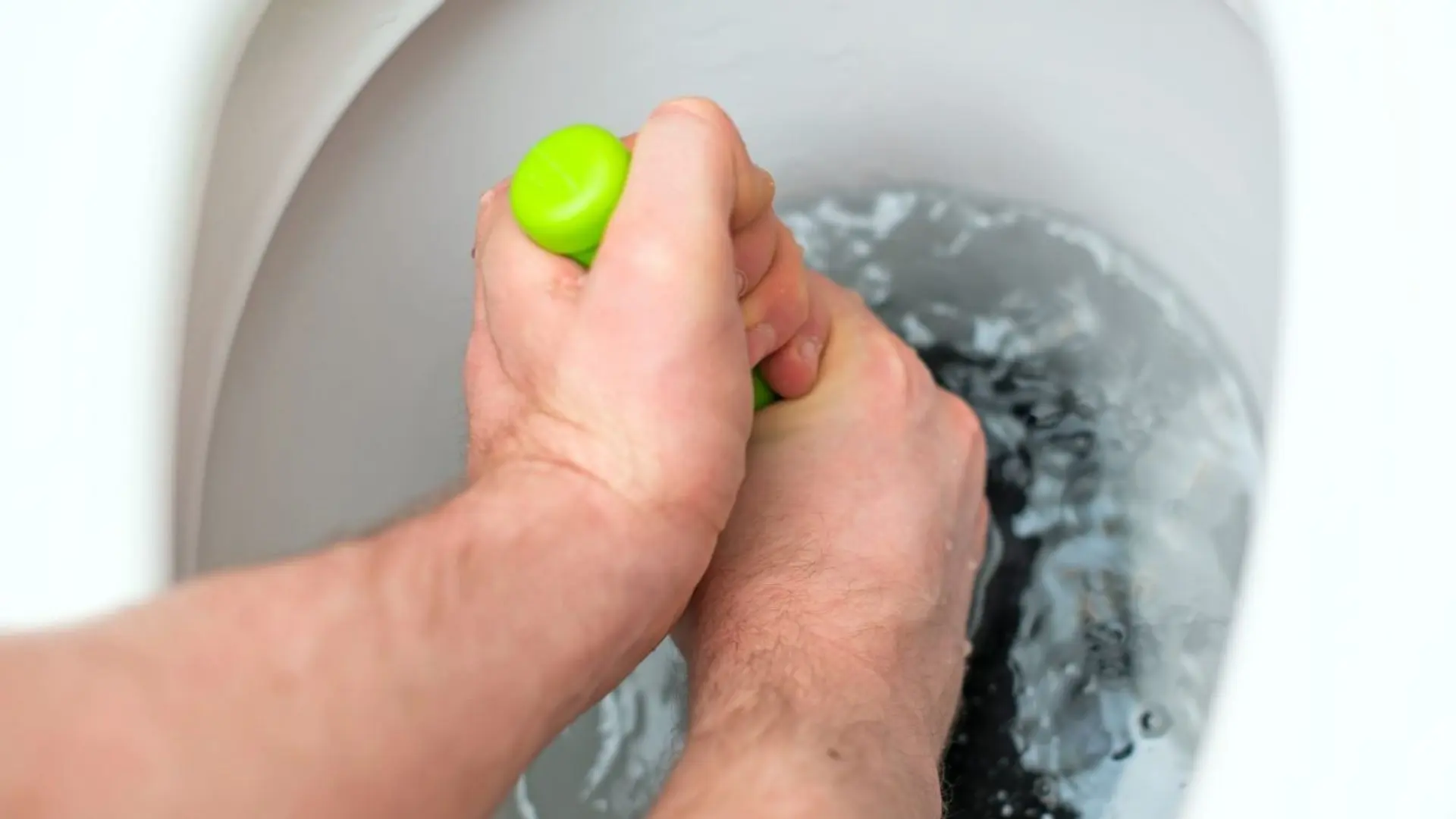Do you find yourself on the lookout for resources about What I learned from trying to deal with a clogged drain?

Introduction
Taking care of a blocked drainpipe can be a discouraging experience, disrupting daily tasks and potentially triggering damage to your building. However, before reaching out to pipes specialists, there are actions you can require to deal with the problem on your own. In this guide, we'll check out do it yourself services and preventive measures to take on an obstructed drainpipe efficiently.
Determining the Concern
The very first step in addressing a blocked drain is identifying the indicators. Slow-moving water drainage, gurgling audios, foul odors emanating from drains, or water backing up prevail indications of a blocked drain. Identifying these signs early can help protect against additionally issues.
Choosing the Right Pipes Service
When selecting a pipes solution, think about aspects such as experience, licensing, and consumer testimonials. Choose a credible plumbing with a track record of high quality workmanship and transparent pricing methods.
Expense Factors to consider
The expense of expert drainpipe cleaning company can vary depending on the extent of the blockage and the plumbing technician's prices. Request quotes from multiple companies and ask about any kind of added fees to ensure transparency and prevent surprises.
Safety and security Precautions
When attempting DIY drainpipe cleansing, focus on security. Put on safety gloves and glasses to prevent contact with dangerous chemicals or germs. Never ever blend various drain cleaning products, as this can create harmful fumes.
Situation Researches
Real-life examples illustrate the effectiveness of DIY solutions and the value of timely specialist treatment in dealing with drainpipe blockages.
Typical Root Causes Of Blocked Drains
Understanding the factors that add to drain pipes blockages is necessary for efficient resolution. Common perpetrators include hair, soap residue, grease, food debris, and international objects like sanitary products or paper towels. Tree roots getting into underground pipes can also cause substantial obstructions.
DIY Solutions
For small clogs, several DIY solutions can be effective. Putting boiling water down the drain can help dissolve oil and debris. Sodium bicarbonate and vinegar or a mix of salt and cooking soda can work as all-natural cleaners. Making use of a bettor or plumbing serpent to dislodge obstructions is another choice.
Tools and Tools
Having the right devices accessible can make DIY drain cleaning extra reliable. A bettor is a flexible tool for clearing blockages in sinks, bathrooms, and showers. A pipes serpent or auger can reach much deeper blockages, while drain cleansing chemicals can be utilized very carefully for stubborn clogs.
Preventive Measures
To avoid future obstructions, adopting safety nets is vital. Set up drain guards or strainers to capture hair and particles prior to they enter the pipelines. On a regular basis flush drains pipes with warm water to dissolve oil buildup, and avoid disposing of grease or solid waste down the tubes.
When to Call a Specialist
While do it yourself services can deal with small clogs, particular signs suggest the requirement for professional help. Consistent blockages, foul odors despite cleansing efforts, or several drains supporting concurrently are red flags that require expert treatment.
Verdict
By complying with the tips detailed in this guide, you can properly take on obstructed drains and avoid future pipes issues. Whether opting for DIY services or seeking expert support, timely action is vital to preserving a healthy plumbing system and maintaining the integrity of your home.
WHAT I LEARNED FROM TRYING TO DEAL WITH A CLOGGED DRAIN
We have had our share of seepages and other annoying things that are part of living, especially in an apartment complex. And if there’s one thing that’s terrifying for a homeowner—or even someone in a rented home—it is a clogged drain, indoors or outdoors.
We enjoy our living space, but it’s simply a fact of life that dead skin, soap and a host of other items go down the drain; eventually, the residue builds up and prevents anything from moving. Ugh.
Not Calling A Professional
Of course, it might seem simple to just whip the pipe off under the sink and see if you can unblock it. Unfortunately, what if the blockage isn’t there, or you don’t reconnect it properly? Worse, you might break a piece and have no drainage system. Can you imagine that scene? Yuck!
Not Watching Your Waste
This will sound d’uh, but the best tip I can give you for drain cleaning is to avoid clogging the drain in the first place! You can do this by monitoring what goes down the drain and catching the items which are most likely to give you a problem. Invariably hair, vegetable peels, and large wads of toilet paper are the most obvious culprits. Add a filter—these are available in hardware stores and can be removed and cleaned easily.
Poking The Drain
The first urge with a clogged drain is to poke at it with a stick or anything that resembles a stick. Sadly, this does not result in magically solving the issue. The mental image is, naturally, one of the stick just pushing through the offending item and all is well again. Reality is quite different and unpleasant and likely to lead to further problems.
The thing is, every drain has a series of bends that are not visible to us. Drains are built this way to prevent gases from entering the house. What happens when you poke a stick into the drain? Of course, it can’t bend around the corner. The more adventurous people will use force and end up wedging the stick or causing it to break off in the pipe—creating an even bigger issue. Worst thing? The stick will shift the block further down the pipe, creating the space for more to collect. Go ahead! Roll your eyes!
Using The Wrong Plunger
You know what they say: the right tool for the right job! Did you know there are different types of plungers besides the basic one we keep at home for an emergency? Yes, there are. For example, the toilet plunger has a bell-shaped bottom while the sink plunger is flat. This is an important difference and using the wrong plunger will be useless. There’s also a knack in using plungers—they must be placed in such a way that they create an airtight seal and then, moved slowly up and down—not as fast as we imagine.
https://vidyasury.com/2018/01/learned-trying-deal-clogged-drain.html

I'm very interested by Some easy tips to fix blocked drains and I really hope you enjoyed reading our entry. Sharing is good. Who knows, you might be doing someone a favor. Thank you for going through it.
Call